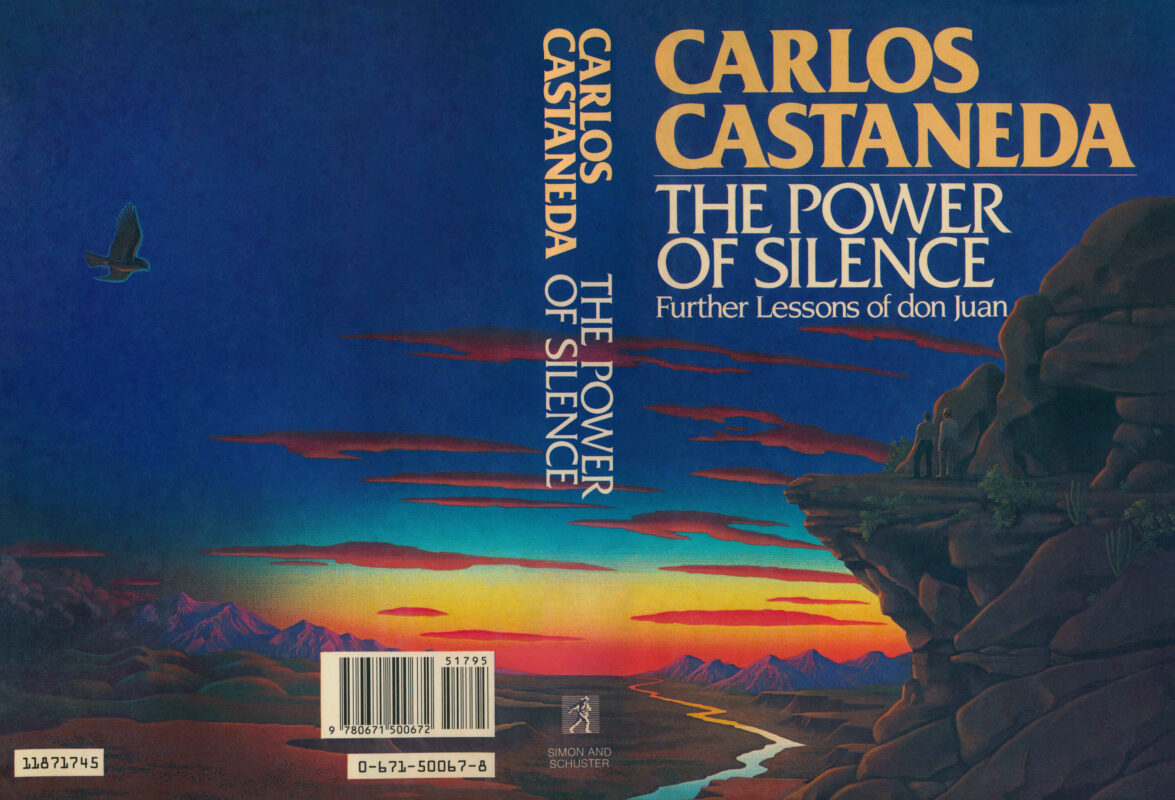The Requirements of Intent – Intending Appearances
In this account, Castaneda describes an extraordinary experience where his reasoning faculties ceased, and he felt a profound physical elation, being propelled through the chaparral without fatigue, a state don Juan later calls entering “silent knowledge” due to a movement of his assemblage point. During this, Castaneda perceives himself “looming over the bushes” and experiences being “here and here,” simultaneously observing the desert floor and the tops of shrubs, and being in two places at once (his standing spot and the jaguar’s location). This state allowed him to witness a real jaguar that he pursued, despite his academic mind trying to rationalize it as a mountain lion due to the unusual fauna. Don Juan explains that this spontaneous shift of Castaneda’s assemblage point was a result of the “spirit” moving it, and that for a sorcerer, intent—which is the spirit—can manipulate this point. He clarifies the difference between a profound “movement” and a smaller “shift” of the assemblage point and introduces the “third point” as freedom of perception, intent, and the spirit, which allows for a tridimensional perception beyond the usual two-dimensional reality. Don Juan emphasizes that while Castaneda’s experience was vital for him to access silent knowledge, the jaguar itself was the true manifestation of the spirit, a source of awe and magic, serving as a vehicle for his realizations. He also highlights the “macabre connection between stupidity and self-reflection” in average men who are blind to the existence and manipulability of the assemblage point and fear the freedom that sorcery offers.
The Requirements of Intent – Intending Appearances Read More »
